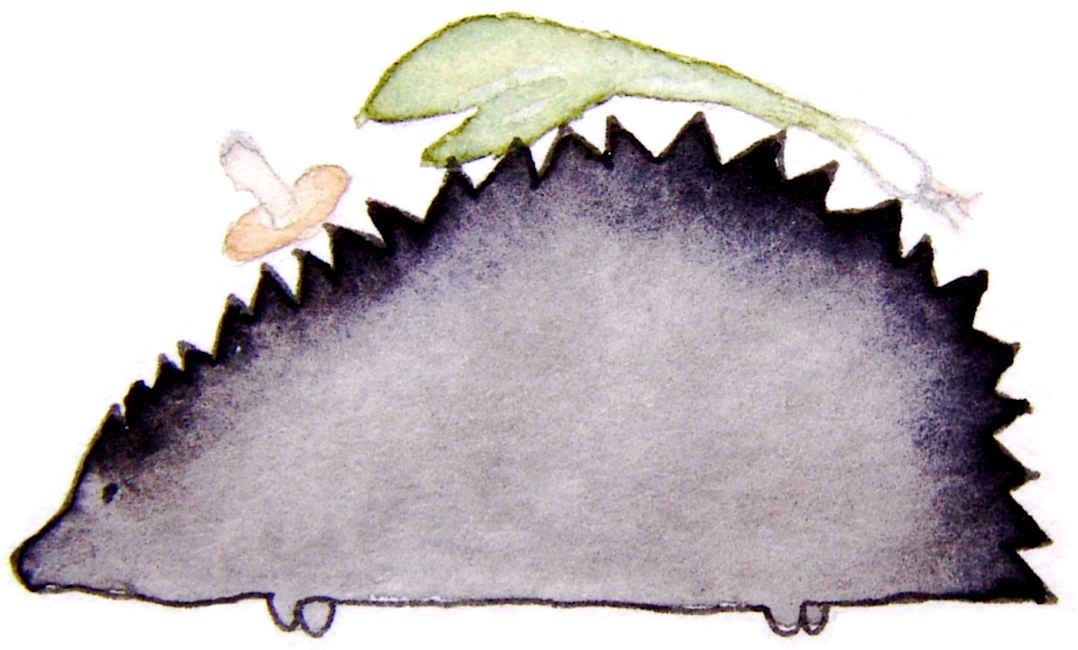In the share:
- Stinging nettles (Urtica dioica): A highly nutritious cooking green that loses its stinging quality when exposed to heat. Great in soup, steamed+sauteed, pestoed, or as a pizza topping. Recipes:
- Japanese Knotweed shoots (Fallopia japonica): Tender spring shoot (of a highly invasive plant) that tastes like mild rhubarb. Use it in any recipe that calls for rhubarb: compote, pie, syrup, pickles. Recipes:
- Ramps (Allium tricoccum): The celebrity of spring-time ephemeral greens, ramps are wild relatives of onions and garlic with spicy, sweet, and juicy leaves. Great in just about anything savory. Recipes:
- Wild Bee Balm (Monarda): Tasted like a spicier oregano. Use as a seasoning, fresh or dried, or grind up into extra potent pesto. Recipes:
- Field Garlic (Allium canadense): A year-round staple, field onions are abundant in just about any local landscape. They can get tough further into the year, but right now are tender and reminiscent of chives. Use green tops as you would chives, small bulbs as you would onions (great pickled), or grill the whole thing. Recipes:
- Chickweed (Stellaria media): A mild and buttery salad green. Best eaten raw. Recipes:
- Pine and Spruce tips and baby pine cones. A Vitamin C packed snack, spring conifer growth makes great pesto, sandwich or salad additions, decadent grilled treat, tart tea, or a citrusy note sprinkled on desserts. Recipes:
- Pineapple Weed (Matricaria discoidea)- like a more aromatic version of chamomile, Pineapple Weed makes great tea, fresh or dried, sweet infusions, or even cut up fine in a salad.
- Basswood (Tilia) leaves are the young leaves of the basswood or linden tree, and one of the finest wild leaves for eating raw in spring. They taste like a nuttier spinach and make an excellent salad base. They can also be cooked, especially as they get bigger and tougher later in the season.
- Grape (Vitis) leaves, tails, and flower buds: when young and tender (later for dolmas), all of these parts of the grape vine make great tart (and sometimes mildly bitter) additions to salads. Also good as a sautéed green.
- Wild Mustard shoots (Tower rockcress) and yellow flowers (Yellow rocket). The mustard family has many varieties, both cultivated and uncultivated. The two included here are both bitter, like their cultivated relative, broccoli raab. Tower rockcress is tender and can be used whole, especially great as a frying or grilling green (because heat will burn off some of the bitterness and reveal more good flavor). Yellow rocket, at this stage, is only good for its flowers, which can be sprinkled over soups, salads, grains, and more for a little kick.
- How to cook wild mustards (and a note on nutrition)
- Sauteed mustard greens
- Wild mustard soup

